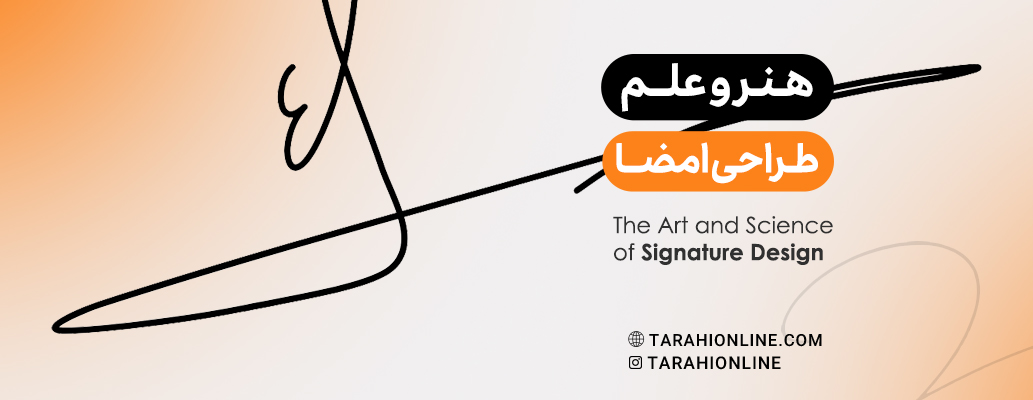
A signature is more than just a way to sign your name—it is a personal brand that represents your identity and can convey professionalism, authenticity, and style. In the business world, a well-designed signature can elevate your brand’s image and leave a lasting impression on clients and partners. This article explores the key elements of signature design and provides insights into creating a signature that stands out and reflects your unique identity.
The Importance of a Professional Signature
A professional signature serves as a representation of your brand. It’s often the first impression you make on important documents, emails, and other communications. A well-crafted signature can:
-
Enhance credibility: A polished signature adds an element of professionalism to your correspondence.
-
Build trust: Consistency in your signature can help build trust and recognition.
-
Reflect your brand: Your signature should align with your brand’s values and personality, providing a cohesive image.
Key Elements of Signature Design
Simplicity
Simplicity is essential in signature design. A simple, clean signature is easy to read and reproduce. Avoid overly complex designs that can be difficult to decipher.
Consistency
Consistency is key to creating a recognizable and reliable signature. Use the same signature across all documents and communications to establish a strong brand identity.
Personal Touch
Adding a personal touch to your signature makes it unique. Incorporate elements that reflect your personality or brand, such as specific fonts, colors, or symbols.
Readability
Ensure your signature is legible. If people can’t read your signature, it loses its effectiveness. Use clear, straightforward lettering that can be easily recognized.
Digital vs. Handwritten Signatures
In today’s digital age, signatures come in two main forms: handwritten and digital. Each has its own advantages and considerations.
Handwritten Signatures
Pros:
-
Personal touch: Handwritten signatures add a unique and personal element.
-
Authenticity: They can convey a sense of authenticity and tradition.
Cons:
-
Consistency: It can be challenging to reproduce the same signature consistently.
-
Legibility: Handwritten signatures can sometimes be difficult to read.
Digital Signatures
Pros:
-
Consistency: Digital signatures ensure uniformity across all documents.
-
Convenience: They are easy to use and can be quickly added to digital documents.
-
Security: Digital signatures often include encryption and security features.
Cons:
-
Personal touch: They may lack the personal feel of a handwritten signature.
Designing a Professional Signature
Choose the Right Font
If you’re designing a digital signature, choose a font that reflects your brand’s personality. Professional fonts like cursive or script can add elegance, while modern sans-serif fonts can convey simplicity and clarity.
Incorporate Your Brand Colors
Use colors that align with your brand identity. This helps create a cohesive look across all your communications and reinforces your brand’s visual identity.
Add Unique Elements
Consider adding unique elements such as logos, initials, or symbols that are associated with your brand. This can make your signature more distinctive and memorable.
Test for Legibility and Scalability
Ensure that your signature is legible at various sizes and formats. Test it on different devices and documents to ensure it maintains its readability and visual appeal.
Examples of Effective Signature Designs
Steve Jobs
Steve Jobs’ signature was simple and clean, reflecting the minimalist aesthetic of Apple. His signature became an iconic symbol of the brand’s innovative and elegant design.
Oprah Winfrey
Oprah Winfrey’s signature is elegant and personal, capturing her warm and approachable personality. It’s a testament to the power of a well-designed signature in building a personal brand.
Richard Branson
Richard Branson’s signature is bold and unique, much like his entrepreneurial spirit. It reflects his dynamic personality and the adventurous nature of the Virgin brand.
The Future of Signature Design
As technology continues to evolve, so too does the art of signature design. Here are some trends to watch for in the future:
Biometric Signatures
Biometric technology is making its way into signature design, allowing for highly secure and personalized signatures that use unique biological traits like fingerprints or retinal patterns.
Animated Signatures
Animated digital signatures are becoming popular, adding a dynamic and engaging element to documents. These can include subtle movements or effects that make the signature stand out.
Eco-Friendly Signatures
With a growing focus on sustainability, eco-friendly signature design is gaining traction. This includes using digital signatures to reduce paper waste and incorporating green elements into the design.
A well-designed signature is a powerful tool in establishing and maintaining your brand’s identity. Whether handwritten or digital, your signature should reflect your personality, values, and professionalism. By focusing on simplicity, consistency, and personal touch, you can create a signature that leaves a lasting impression.
For businesses looking to enhance their branding efforts, professional signature design services offer the expertise and creativity needed to make a significant impact. Connect with the right design professionals on Tarahi Online to ensure your signature stands out and effectively communicates your brand’s message. Visit our signature design service page and start your journey toward a memorable brand image today.